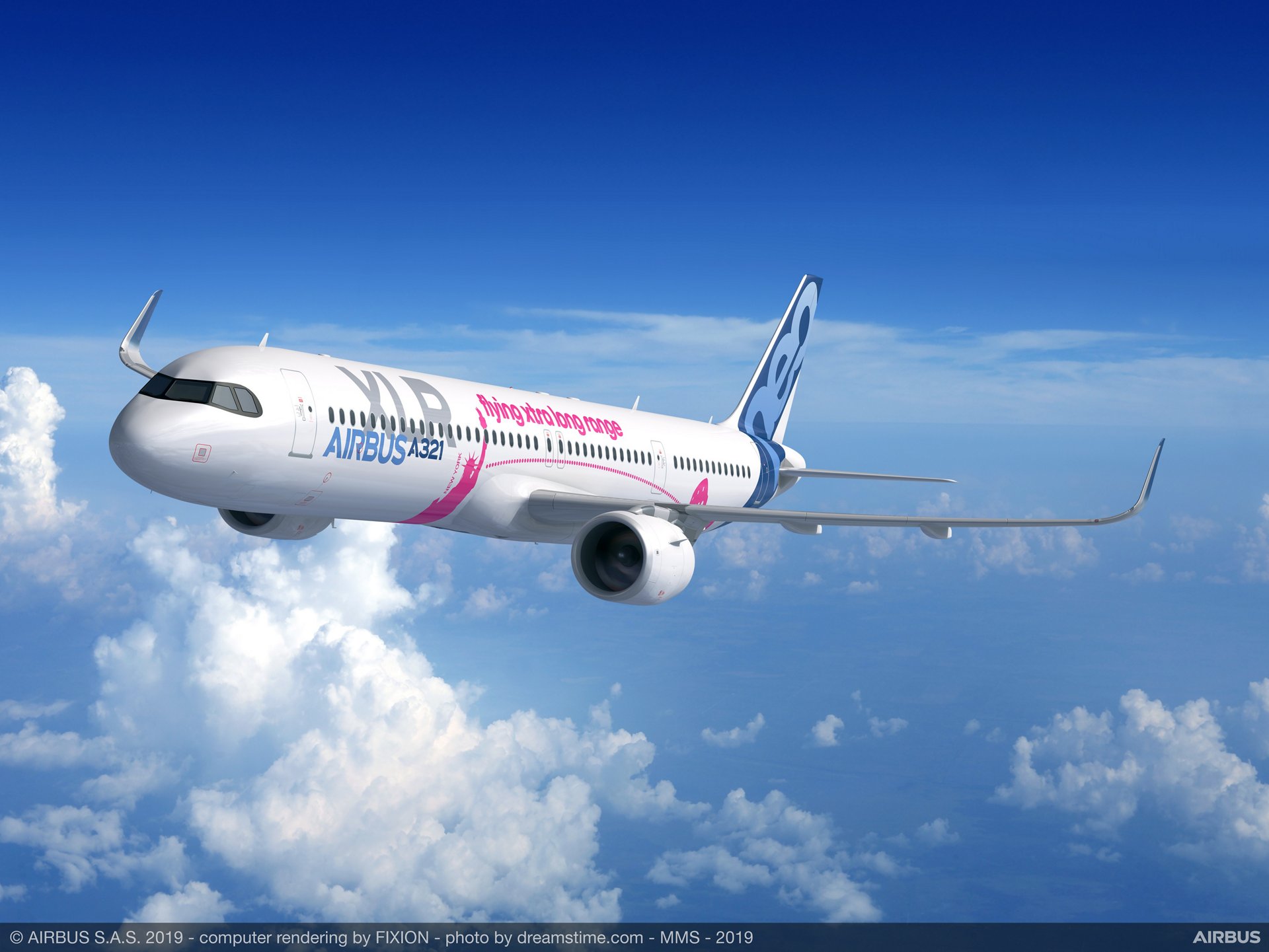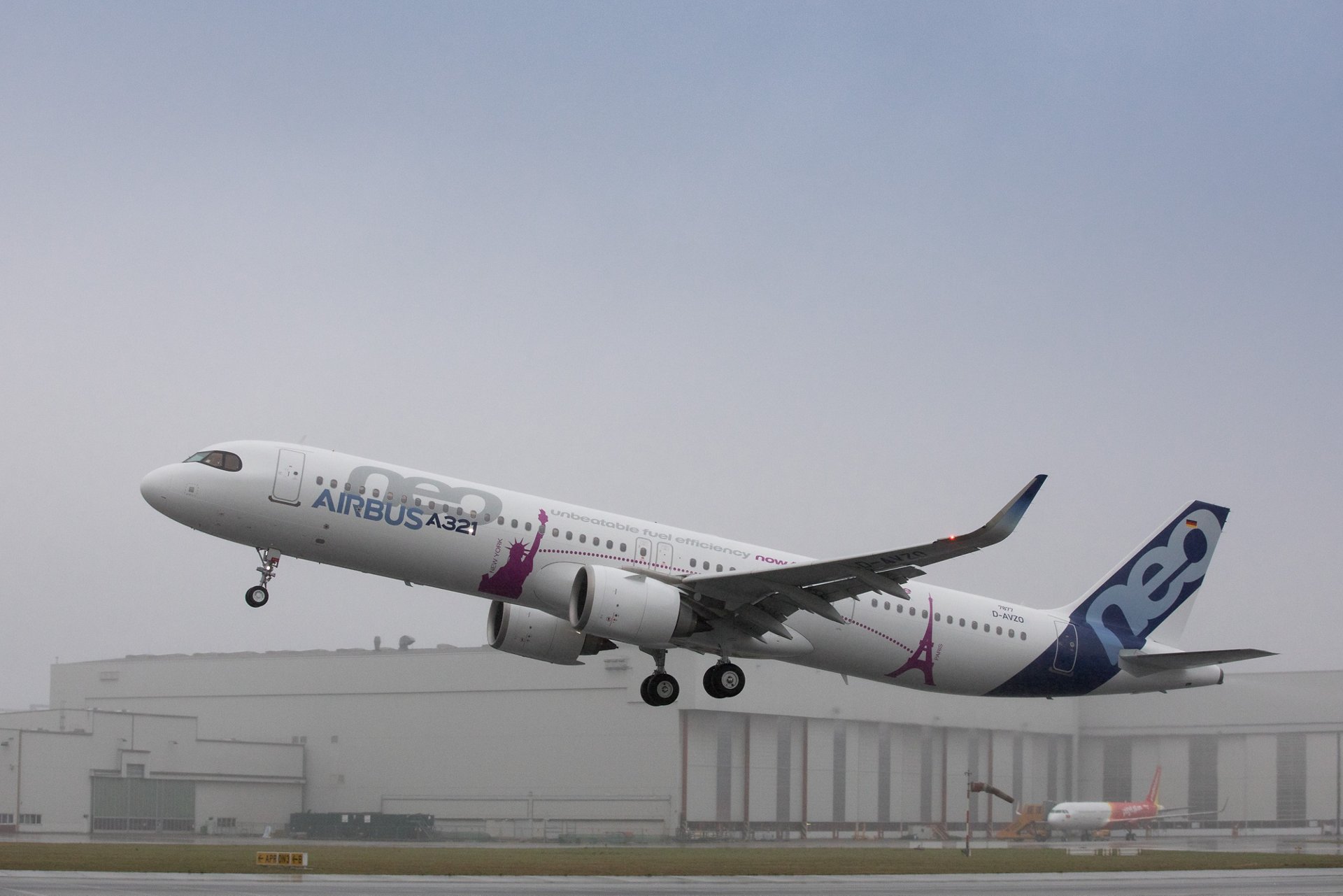Leeham News and Analysis
There's more to real news than a news release.
Bjorn’s Corner: New aircraft technologies. Part 39. Production
November 23, 2023, ©. Leeham News: We are discussing the different phases of an airliner development program. After covering Conceptual, Preliminary, and Detailed design, the manufacturing of prototypes, and their roles in flight tests, we now look at production.
The focus and work around the production of an airliner has increased over the last decade. Why this renewed focus?
Further developments of the A321, Part 6
Subscription required
By Bjorn Fehrm
November 23, 2023, © Leeham News: We do an article series about what can be the subsequent development for Airbus’ most popular aircraft, the A321neo. We looked at different changes to the aircraft in previous articles and the economics in short haul configuration. Now, we compare the capacity and economics of the different variants when configured for long-haul missions.
We use our Airliner Performance and Cost Model (APCM) to look at passenger capacity, seat-mile costs, and range.
- A stretched A321 is limited as a long-haul aircraft, as it needs additional fuel and additional takeoff weight to carry the fuel.
- Long-haul variants of a stretched A321 will need the XLR center tank or the new, larger wing of an A32x to extend the range to long-haul values.
Bjorn’s Corner: New aircraft technologies. Part 38. Flight tests
November 17, 2023, ©. Leeham News: We are discussing the different design phases of an airliner development program. After covering Conceptual, Preliminary, and Detailed design and the manufacturing of prototypes and their roles, we now look deeper at the flight test phase.
Further developments of the A321, Part 5
Subscription required
By Bjorn Fehrm
November 16, 2023, © Leeham News: We have done an article series about what can be the subsequent development for Airbus’ most popular aircraft, the A321neo. We looked at different changes to the aircraft in previous articles. Now, we compare the capacity and economics of the different variants.
We use our Airliner Performance and Cost Model (APCM) to examine passenger capacity, range, and seat-mile costs.
Summary:
- The stretched A321s have improved operating economics.
- The question is if the cost and time of the projects are motivated versus keeping the A321s “as is” and then make a clean sheet replacement.
Bjorn’s Corner: New aircraft technologies. Part 38. Flight test aircraft
November 10, 2023, ©. Leeham News: We are discussing the different design phases of an airliner development program. After covering Conceptual, Preliminary, and Detailed design, we now discuss prototype manufacturing and testing.
Today, we look at the different flight test aircraft needed and their roles.
Bjorn’s Corner: New aircraft technologies. Part 37. First flight test prototype
November 3, 2023, ©. Leeham News: We are discussing the different design phases of an airliner development program. After covering Conceptual, Preliminary, and Detailed design, we now discuss prototype manufacturing and testing, Figure 1.
Today, we look at the role of the first flying prototype.
Bjorn’s Corner: New aircraft technologies. Part 36. Prototype manufacturing and Testing
October 27, 2023, ©. Leeham News: We are discussing the different design phases of an airliner development program. After covering Conceptual, Preliminary, and Detailed design (Figure 1), we now discuss prototype manufacturing and testing, where we today go deeper into structural testing.
Further developments of the A321, Part 4
Subscription required
By Bjorn Fehrm
October 26, 2023, © Leeham News: We do an article series about what can be the next development for Airbus’ most popular aircraft, the A321neo. We looked at a minimal makeover in Part 3; now, we make a larger change.
We use our Airliner Performance and Cost Model (APCM) to examine what a new wing and revised engines can bring regarding larger passenger capacity, range, and lower seat-mile costs.
Summary:
- To increase the capacity significantly of the A321, a new wing is needed.
- We design a new wing combined with uprated engines and look at the result.
Bjorn’s Corner: New aircraft technologies. Part 35. Prototype manufacturing and Testing
October 20, 2023, ©. Leeham News: We are discussing the different design phases of an airliner development program. The typical phases and their time use and manning are described in the Gant chart in Figure 1.
After covering Conceptual, Preliminary, and Detailed design, we now discuss Prototype manufacturing and Testing.
Bjorn’s Corner: New aircraft technologies. Part 34. Design for Certification
October 13, 2023, ©. Leeham News: We are discussing the Detailed design phase of an airliner development program. We have discussed program management methods, development techniques, tools for Detailed design, that improved production methods are as important as improved technology, and that the interaction with the suppliers is key.
But another consideration that affects detail design is the influence of the Certification process. Certification has a major influence on the program work in every step of the aircraft program.








